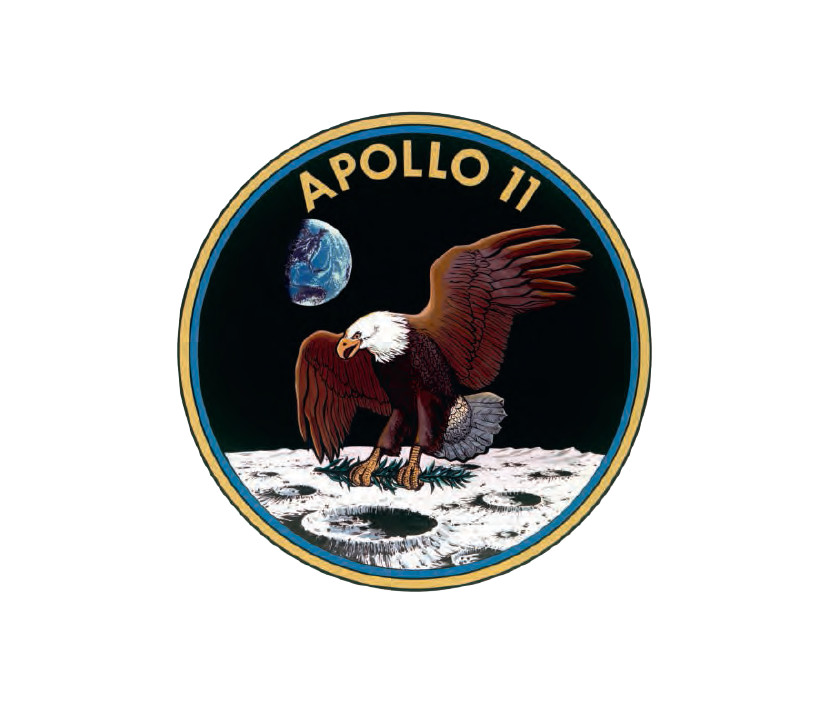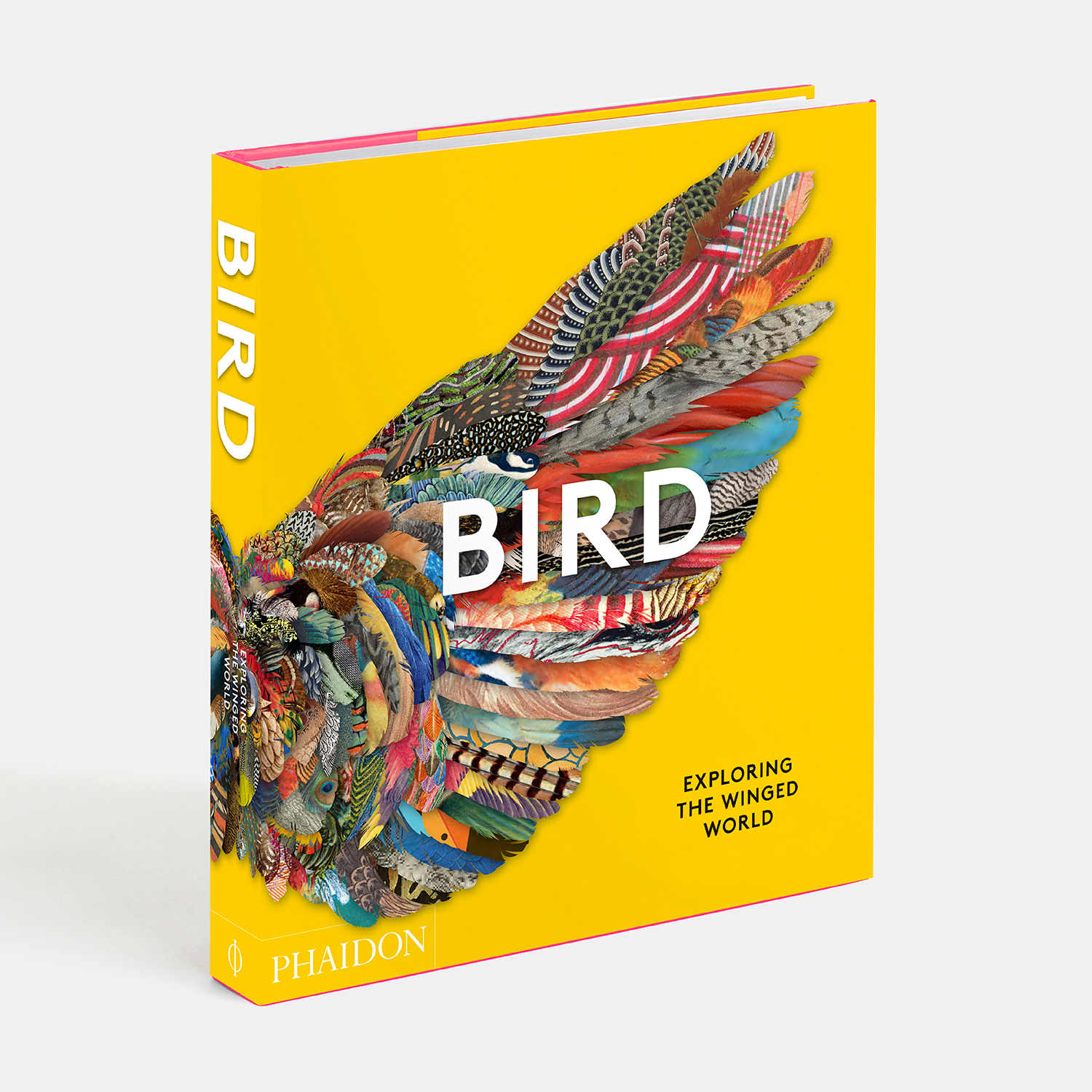
The bird that flew to The Moon
Our new book, Bird: Exploring the Winged World, includes the Apollo 11 mission badge, with an uncharacteristically peaceful bald eagle
Bird: Exploring the Winged World reveals the beauty that can result when human creativity meets the avian world. The book presents a stunning survey of bird-related imagery, sharing the majesty and variety of bird life, as represented in paintings, sculptures, decorative art, photography, film, illustration and other media, throughout history.
Plenty of the pieces included are by world-famous artists, such as Pablo Picasso, Frida Kahlo and Andy Warhol. However, there are a number by historical figures who left their mark on our times in a very different way.
When Neil Armstrong sought to communicate to mission control back on earth that the Apollo 11 team had touched down on the surface of the moon, on 20 July 1969, he reached for an avian metaphor. “Houston,” Armstrong said. “Tranquility base here. The Eagle has landed.”
Why? Well, the lunar module carrying Armstrong to the moon was called the Eagle, partly because the American bald eagle featured prominently on the Apollo 11 mission insignia. Here’s how Bird describes it.

“In this embroidered patch, a mighty bald eagle (Haliaeetus leucocephalus) clutches an olive branch, a traditional symbol of peace, in its talons as it swoops across the moon’s surface while, in the background, Earth hangs in space like a small blue marble,” explains the book.
“This striking image of the national bird of the United States was designed by the crew of Apollo 11 – Neil Armstrong, Edwin ‘Buzz’ Aldrin and Michael Collins – the first of whom became the first humans to land on the moon on 20 July 1969, while Collins flew the Apollo 11 command module.
“President John F. Kennedy had announced the historic space mission in 1962, in a bid to demonstrate America’s superiority over the Soviet Union in the Space Race during the Cold War. Nevertheless, the patch’s design reflects the astronauts’ peaceful intentions, and the plaque they left on the moon stressed, ‘We came in peace for all mankind.’
“The eagle image was derived from a National Geographic book about birds, which Collins traced using tissue paper, although the initial design, which showed the eagle holding the olive branch in its beak with its talons extended, was considered too aggressive. The final patches were sewn onto flight suits and other pieces of equipment, while the spacesuits carried screen-printed versions of the design.”
To find out more about this image, and its place within a wider flock of winged works, order a copy of Bird here.